
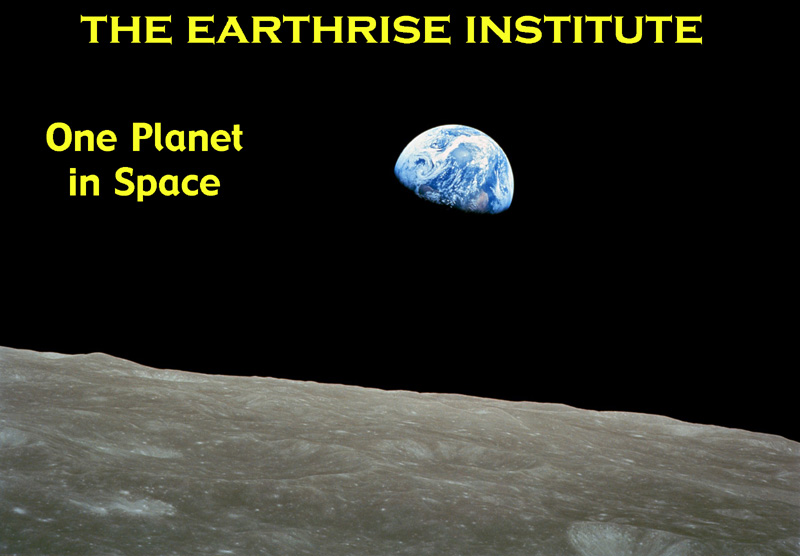
COMET OF THE WEEK
WEEK 26: JUNE 21-27
COMET 2P/ENCKE
Perihelion: 2020 June 25.85, q = 0.337 AU
This changed in 1819 when the German mathematician Johann Encke set about calculating the orbit of a comet that had been discovered in November 1818 by the French astronomer Jean Louis Pons (who was one of the most prolific comet discoverers in history). Encke found that the positional measurements of Pons’ comet were best fit by a short-period elliptical orbit, and then noticed a similarity to comets that had been observed during the recent past. The first of these was discovered on January 17, 1786 by the French astronomer Pierre Mechain, although this particular comet was only observed on two nights and no reliable orbit could be calculated for it. A second comet was discovered in November 1795 by Caroline Herschel in England – the sister of astronomer, and discoverer of Uranus, William Herschel, and an accomplished astronomer in her own right – which was followed for the next three weeks. A third comet was discovered in October 1805 by none other than Pons himself, and was followed for one month. Encke determined that all four of these comets were in fact the same object, and calculated an orbital period of only 3.3 years. He then predicted that the comet would next pass perihelion during the latter part of May 1822, and on June 2 of that year it was successfully recovered by German astronomer Carl Rumker (who was observing from Paramatta Observatory in New South Wales) quite close to Encke’s predicted location. The comet was subsequently named in Encke’s honor.
Encke’s Comet still has the distinction of being the comet with the shortest known orbital period, although a handful of “active asteroids” (discussed in a future “Special Topics” presentation) have shorter periods. It has been observed on every return since that of 1822, with the exception of the return in 1944 when the viewing geometry was very unfavorable and moreover the world’s astronomers were preoccupied with World War II. This year’s return is the 64th at which it has been observed, and I have personally observed it on 12 returns going back to that of 1971. Perhaps not too surprisingly, it has faded some over the two centuries that we have been following it; while it was a naked-eye object of 4th or 5th magnitude during some of its early returns, over the past few decades it has not become brighter than about 7th magnitude.
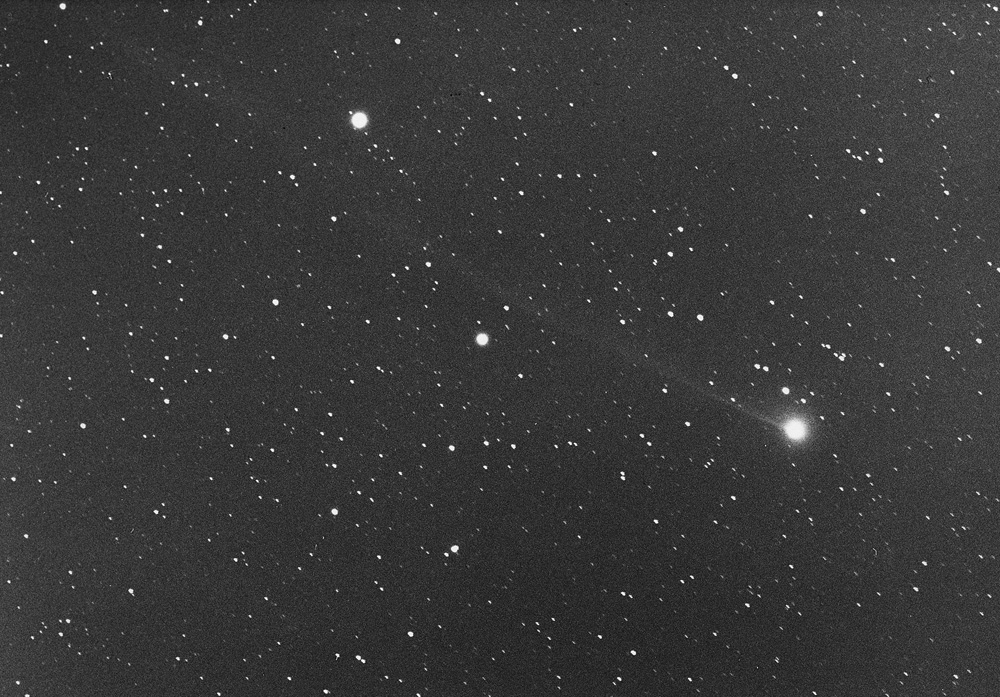
 Comet 2P/Encke on two of its 20th Century returns. Left: January 17, 1961, from the mountains north of Los Angeles, California. Copyright Alan McClure. Right: January 5, 1994, as imaged by the 0.9-meter Spacewatch telescope in Arizona. Courtesy Jim Scotti.
Comet 2P/Encke on two of its 20th Century returns. Left: January 17, 1961, from the mountains north of Los Angeles, California. Copyright Alan McClure. Right: January 5, 1994, as imaged by the 0.9-meter Spacewatch telescope in Arizona. Courtesy Jim Scotti.
Being as frequent and well-observed a visitor as it is, Comet Encke has played a significant role in our overall understanding of comets. Encke himself noticed that, even after allowing for gravitational perturbations by all the known planets, his comet was returning to perihelion a few hours earlier at each return, and to account for this he proposed a “resisting medium” in the solar system that was slowing it down and pushing it into a smaller orbit. A handful of additional comets also exhibited this same phenomenon, however in the 1930s a couple of comets were found to be exhibiting the opposite effect – the opposite of what a “resisting medium” would do. It was in significant part an attempt to account for this that Fred Whipple wrote and published his landmark 1950 paper – which was in fact subtitled “The Acceleration of Comet Encke” – wherein he proposed the “icy conglomerate” (or “dirty snowball”) model for a cometary nucleus that has since been verified. (This history is discussed in more detail in a previous “Special Topics” presentation.) This acceleration that Comet Encke exhibits is now described under the term “non-gravitational forces” and is the result of material being ejected off the nucleus and acting in the manner of a rocket engine.
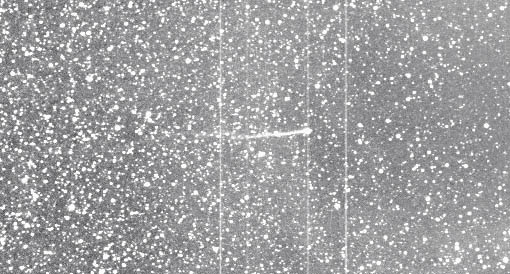
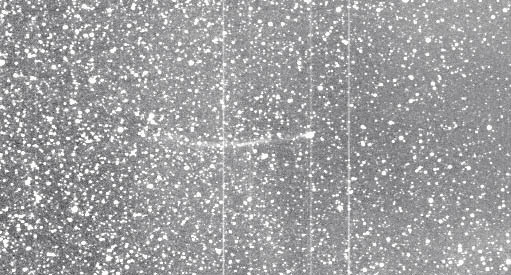
There is some evidence that Comet Encke was once part of a much larger object that has largely broken up over the past few tens of millennia. The Taurid meteor shower – actually two separate showers, one that peaks around October 10 and the other which peaks around November 12, and both of which are spread out over several weeks and have low rates of 5 to 10 meteors per hour – and a stronger daytime Beta Taurid meteor shower that peaks near the end of June, appear to be associated with Comet Encke, as do several near-Earth asteroids and possibly the object that produced the Tunguska impact event in June 1908 (discussed in next week’s “Special Topics” presentation). The densest part of this “Taurid stream” was predicted to pass close to Earth in mid-2019, but despite careful searches no unusual objects or phenomena appear to have been detected.

 Comet 2P/Encke during its 2013 return, a favorable return for the northern hemisphere. Left: Morning of November 7, 2013. Courtesy Franz Rumpf of Mondsee, Austria. Right: From the MESSENGER spacecraft in orbit around Mercury on November 17, 2013. At that time the comet was just 0.025 AU from Mercury. Image courtesy NASA/JHUAPL.
Comet 2P/Encke during its 2013 return, a favorable return for the northern hemisphere. Left: Morning of November 7, 2013. Courtesy Franz Rumpf of Mondsee, Austria. Right: From the MESSENGER spacecraft in orbit around Mercury on November 17, 2013. At that time the comet was just 0.025 AU from Mercury. Image courtesy NASA/JHUAPL.
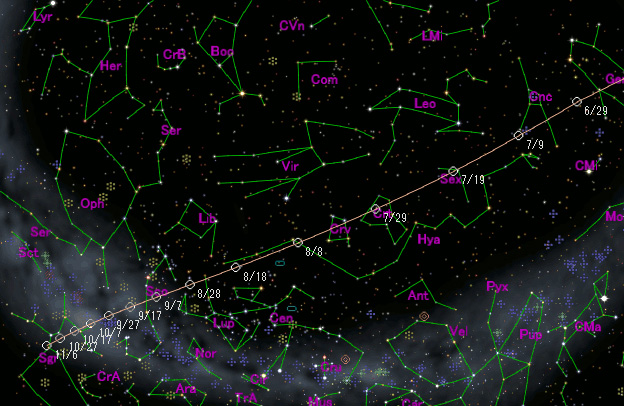
to the east-southeast through the constellations of Hydra, Sextans, Crater, and Corvus. Based upon the brightness it has exhibited during recent returns, it may be as bright as 7th magnitude when it first appears but should fade rapidly and grow very diffuse while doing so, and will likely become undetectable visually within about a month or so. Because the comet remains at a fairly small elongation south of the sun throughout this time it will be visible only from the southern hemisphere; those of us in the northern hemisphere miss out completely.
The northern hemisphere should get its chance during the next return, in 2023 (perihelion October 22). The comet should come within visual range by late August or early September, when it will be conveniently placed in the morning sky in the constellation Auriga, and over the next six weeks it tracks towards the east-southeast through Gemini, Cancer, and Leo. By the time it disappears into morning twilight shortly before mid-October it may be close to 7th magnitude.
“Comet of the Week” archive
Ice and Stone 2020 home page
Earthrise Institute home page